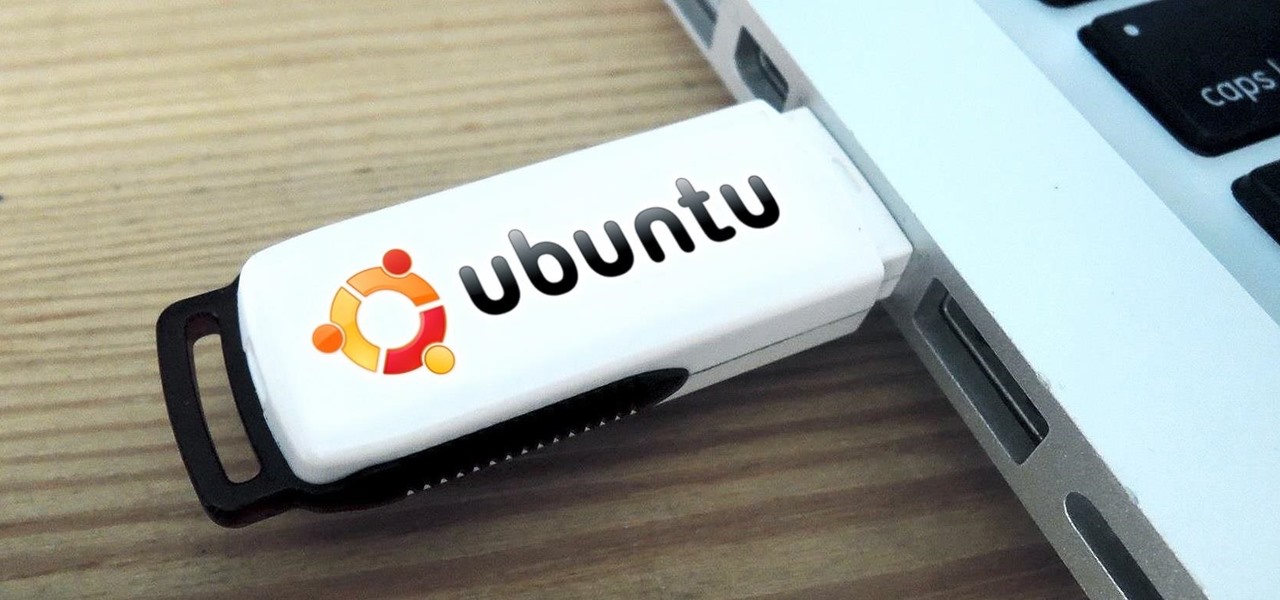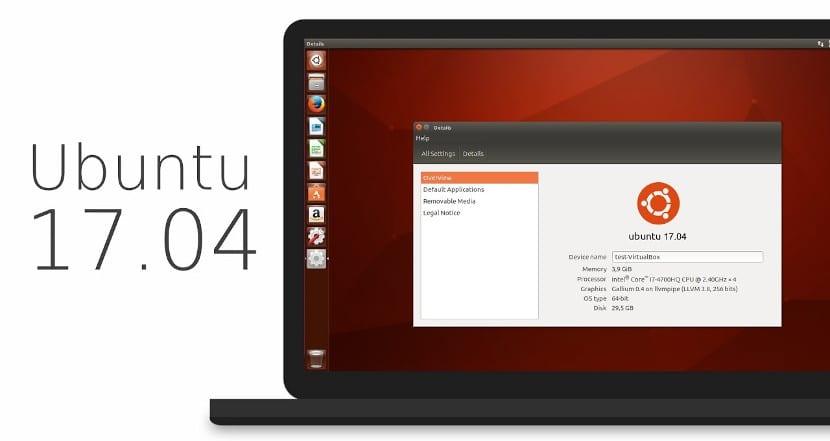

They made a 16.04.5 release still supporting 32-bit PowerPC architecture. The best option to try is probably Lubuntu. I think Ubuntu 14.04 was the last release to support 32-bit PowerPC architecture, and that's reaching end of life next month. The iBook G4 has a 32-bit PowerPC G4 CPU. Replace usb0 with the actual device alias you found previously. Finally, type this to boot from that device. Booting Your PowerPC Mac Into the USB Linux Installation. It includes Landscape, the systems management tool, for monitoring, managing, patching, and compliance reporting on all your Ubuntu. Get 24x7 support with access to engineers with first-hand experience of your issues. Ubuntu Advantage is the professional support package from the experts at Canonical. I decided to install Ubuntu instead, I have attempted to. I've got a Macintosh PowerPC G5 running on Mac OSX 10.4, it's a bit too old to upgrade to 10.5 and 10.4 doesn't have compatibility with much. Starting with version 12.04 the 32-bit and 64. Anything before G5 can only use a 32-bit Linux. The only PowerPC Macs that can use a 64-bit operating system are G5 iMacs and Power Macs. If you create a secondary rEFInd partition as described at, when that happens you should be able to hold OPT and simply pick that rEFInd partition to get back to normal.PowerPC distros prior to version 12.04 have separate 32-bit and 64-bit installers. Sometimes a new linux install, or a macos update, will reset your boot order. It's easier to fix a linux boot from inside linux. I've found a usb stick made with to be really useful for installing linux since it will search disks for linux installs and let you boot them without having to fiddle with grub command lines to find partition designators. Frankly, if I'd just max out the RAM and throw an SSD in there, it might fill the bill. No PPC machine (at least, none that I have, that are currently in working condition) could really fill a daily driver role for me these days, but the iBook w/wicknix's remix comes close. There are guides at and a thread on these forums with 32-bit efi workarounds (for older macs, probably not you) at Ubuntu 16 remix is all I need on my 1.42 GHz iBook G4. I'd recommend EFI, since it's the native mode and you won't run into odd hardware issues.

There are 2 ways you can boot linux on a mac: in bios/bootcamp mode, or in EFI mode. The rest you can probably figure out on your own, but here are a few tips:

#1: Backup any important data to a drive that your installation and verify that your backup was successful. It currently multi-boots macos high-sierra, ubuntu 17.04, and vmware esxi. My main "goof round with operating systems" computer is a mac, so I've done quite a few installs.


 0 kommentar(er)
0 kommentar(er)
